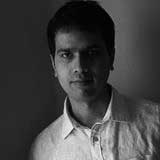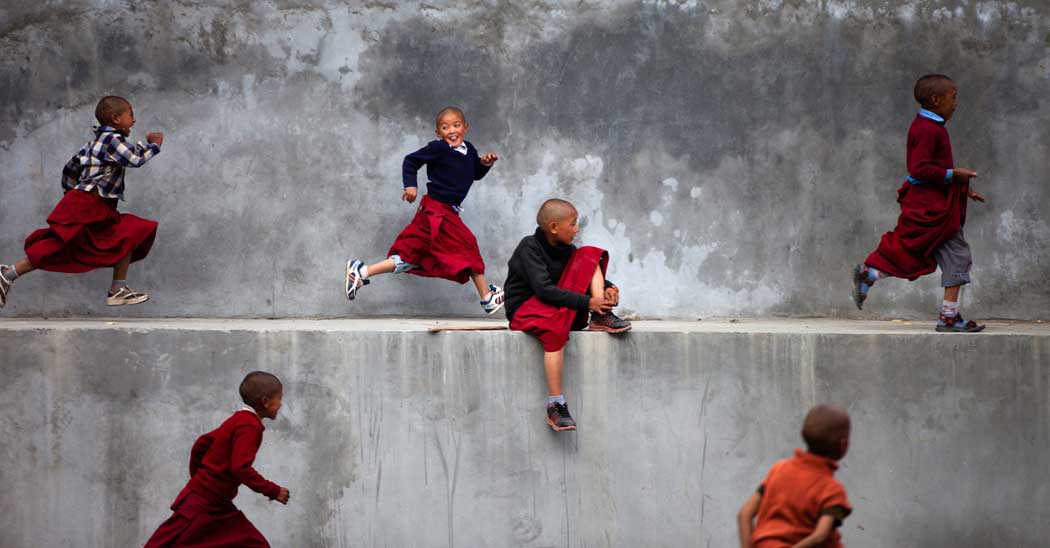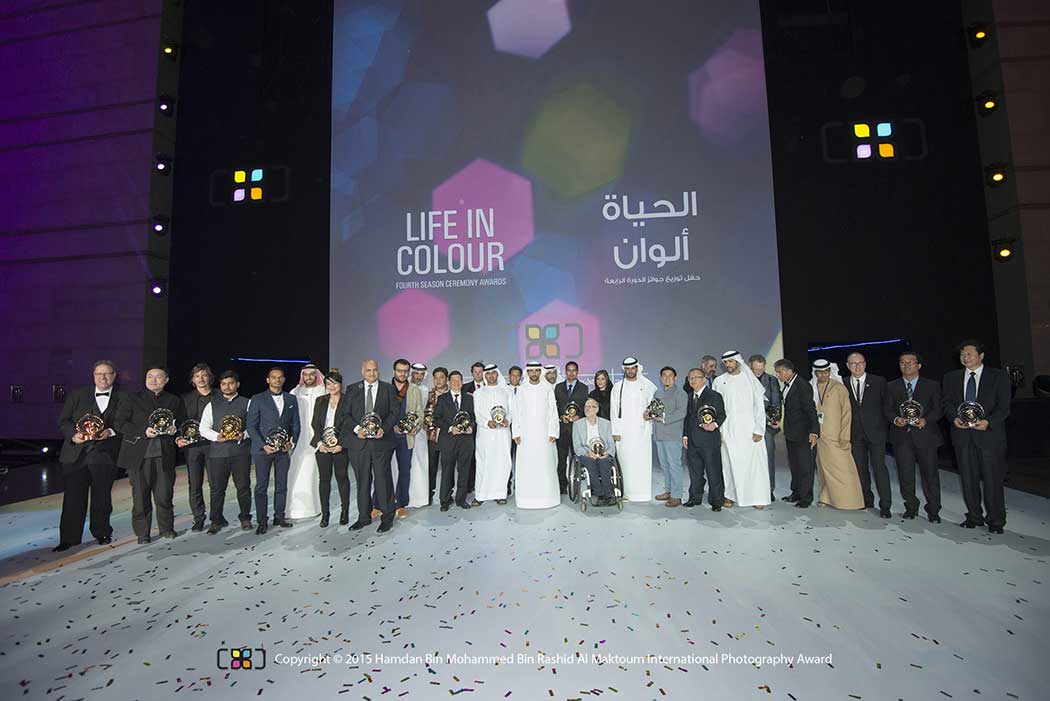I 
I find peace being in the emptiness of the vast landscapes and they are almost like my second home. Travelling, writing about my journeys and photographing the beauty of this world are things that I want to keep doing for as long as I can. [Official Website]
Can you tell us a little about your Photography?
I shoot to document and share the beauty of people, cultures and landscapes around the world. I have spent a lot of time in the past decade travelling across India and South-East Asia, especially in the Himalayas. My focus in photography at the moment is to use my skills to tell stories about interesting people and cultures with visually appealing images that catch everyone’s attention, and hence spread the reach of these stories. I believe that visual appeal is important in the images as much as the message or story that it conveys. If any one of them is missing, the purpose of making the images is only half complete.
Three words that describe your photography?
Exploratory, engaging and informative.
How did you get into photography?
Photography was a childhood dream. In my younger years, I would look at glossy magazines with beautiful photographs and imagine myself being in those places and making those images myself. When I started working, one of the first useful things that I bought with my money was a camera. I spent considerable time playing with it even when I was working in another profession. At some point in time about 8 years ago, I felt a need to dedicate more time to travelling, writing and photography. I quit work, travelled a lot, wrote about my journeys and shot a lot. This was the first step in becoming a photographer.
Subsequently, I approached photography in a more structured manner, understood what it needs to be a photographer and steadily worked towards it until I could call photography a profession.
Have any artist/photographer inspired your art?
Many. Inspirations were the key in becoming a photographer and learning the art and craft of photography. The early inspirers are unknown names – just beautiful images I saw in print during my younger years. The first major inspiration to defining my work came from Galen Rowell. By reading his approach to photography and thoughts behind his images, I could bring in a huge change to the way I shoot. Contemporary landscape photographer Marc Adamus is an inspiration in understanding the amount of hard work that needs to go into making unique images.
Rowell and Adamus are landscape photographers, although landscapes is just one of the many subjects I shoot. I am deeply inspired by Sebastião Salgado in thinking big and aiming for the best that one can create.
I would also like to see the future of my photography geared towards inspiring or fueling change. And one of the greatest inspirations in this, to whose works I got introduced to recently, is Reza Deghati.
What do you think makes a different or memorable photography?
I strongly believe that it is important for photographs to convey a message or tell a story that matters. The purpose of the story can be many – to spread awareness, bring social change or simply document an event, activity or a subject. For photographs to be different and memorable, they have to offer a value by fulfilling these requirements and at the same time, be visually interesting to appeal every viewer. Photographs that stand out and persist in the memory through time are ones that are high on aesthetics and equally high on the message they carry.
Describe your ideal photographic situation
This one isn’t easy. The ideal photographic situations are events that are unpredictable. Being unpredictable, it is also indescribable. I like to be surprised, and make the best of that moment.
How much preparation do you put into taking a photography?
As much that I would like to go to a place very well set, I don’t prepare much. What I loose in preparation, I try to gain by spending a lot of time at location and learning as much as possible through local interactions. I take time to get my images and prefer to allocate more time at location than in preparation. Nonetheless, I wish I could do both, which I believe is essential to create images that make a difference.
What’s your useable-to-unusable ratio when you review images from a shoot?
This depends a lot on the genre of photography I am working on. When I am photographing landscapes, I have very clear idea of what I intend to shoot and stick to just that. So, pretty much every other photograph in the camera makes the final cut.
Things aren’t so predictable when you are photographing people and their lives. You need to photograph every moment, every expression and mood. It takes a lot of clicks to get to the perfect one and there is considerable variation from shoot to shoot. Sometimes you are lucky to come back with a lot of good images from a small set of shots and sometimes the other way.
How has social media played a role in your photography?
The big thing about social media is its reach. It has helped me see some great works out there from across the world, and it has also helped spread my work to a large number of people.
What quick advice do you have for someone who wants to improve his or her photography skills?
The quick advice is that nothing happens very quick! Give time to your photography. Spend a lot of time with your subjects, observing and learning about them. As you dedicate more time to work, you will discover unique perspectives and make better images.
From time to time many photographers find themselves in a creative rut or uninspired to shoot. Does this ever happen to you and if so how do you overcome these phases?
Indeed. There are highs and lows. I have always gone out with the camera, whether I feel at my creative best or just the opposite. Sometimes you come back every day with disappointing images. But as you keep at it even when you don’t feel inspired, sooner or later you get out of the burrow. Waiting will bring nothing, but just lengthens the times of low creativity.
What future plans do you have? What projects would you like to accomplish?
The wish list is indeed large. I am currently working on a personal project of documenting the lives of Buddhist Monks. I enjoy being in their presence, watching their unlimited enthusiast, their compassionate outlook to everything.
My ultimate goal is to work towards projects that may help bring positive change or have an impact, and I am taking small steps at the moment towards making this happen.








